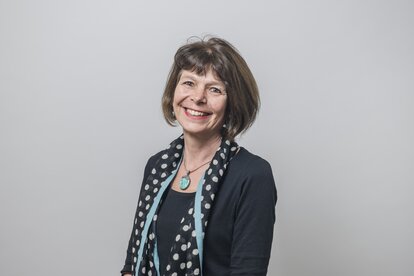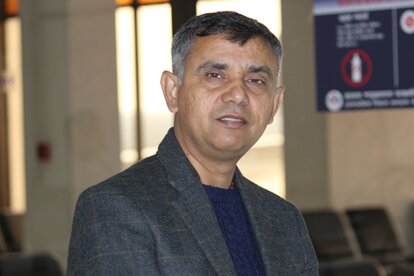The annual festival of Dasain is over, and office work has recommenced. Dasain is a time when Nepalese people, wherever they are in the world, aim (or are expected) to spend time at home with their families. This is also true of Prem Khadka, Padam Gurung, Pasang Sherpa, (inevitably and affectionally known as the three Ps) and Bindu Khambu – all back in Nepal from Burundi, where they have been working on the construction of trail bridges under the South-South Cooperation Unit (SSCU). Currently in our Kathmandu office to report on progress, they will shortly return to Burundi. All have already worked in Burundi under earlier SSCU engagement; seven bridges were constructed over 2013-2014, four are currently under construction, and one more is planned within the coming months. This work is being funded by the African Development Bank, AfDB.
Technical aspects
By comparison with the deeply dissected, often landslide-prone valleys of Nepal, the topography of Burundi is easier terrain for bridge-building – the slopes are not as steep, there is less erosion along the river banks, and the underlying geology (predominately of metamorphic rocks) is relatively stable and erosion-resistant. Access to the sites is also relatively easy. Altogether, the team has not faced many technical difficulties; challenges to their work lie in other areas.
Security and communication
Burundi and Nepal have both suffered a period of armed conflict and undergone a long peace process. However, whilst Nepal has emerged from conflict with a stable, democratically elected government, Burundi remains politically volatile. Foreign governments generally advise against all but essential travel to the country on the grounds of security risk. Following the initial surveys for the five bridges in 2017, concerns related to security delayed further work until just recently. Despite the current easing of political tensions, security remains an important consideration. Each team member is working on a different bridge accompanied by a translator, and each reports his presence by mobile phone four times a day to the local Helvetas-appointed security officer. After a tragic incident in which a former Nepalese engineer succumbed to malaria, health is also foremost in the minds of all team members and is carefully monitored, with all necessary facilities being ensured.
One major challenge is communication. Bindu and the three Ps communicate in English, which is for them a second or third language; their interpreters speak both French and the local language. Technical back-up by a Helvetas expatriate engineer (Project Manager) and a senior Burundian officer who was trained in Nepal and is now Head of the Trail Bridge Sector, ensures that no major mis-communication occurs. Our colleagues are still conscious of the risk of smaller misunderstandings, which they mitigate by practical demonstrations. And as Padam commented, “If you smile and learn even a few phrases in the local language, it makes a big difference”.
Promoting equity and transparency
Trail bridge construction in Nepal is conducted according to government guidelines that require any bridge of a span less than 120m to be built using a community-based approach. That is, the bridge users form a user group, a representative committee of women and men, and make key decisions themselves (these guidelines were elaborated with the support of Helvetas and long-term funding by the Swiss Agency for Cooperation and Development, SDC). While the same approach is not being replicated in Burundi, elements of it are - in terms of including women, the manner of fixing rates, and ensuring local maintenance expertise.
In Burundi, there is a huge demand for paid work; sometimes a team member is faced by 150 people wanting work, when perhaps only 30 are needed. The rule of women making up at least 30% of the workforce has been established, and the selection of laborers is done in close consultation with the local chef de colline – the head of the lowest administrative unit. The rates paid to laborers, and the rates for construction materials, are fixed in advance at a community meeting attended not only by the chef de colline, but also the local mayor (head of the municipality), and the expatriate Helvetas Project Manager. This transparent process has been important in diffusing any potential tensions over rates paid. In addition, a bridge warden is appointed at the community meeting; this person is trained in minor maintenance activities as well as learning what sort of repairs require more significant, technical interventions. The team is proposing that such interventions should be the responsibility of the municipalities – but this is yet to be tested.
For the SSCU team, the most rewarding part of their work is the appreciation expressed by local people. Typical amongst them is 48-year old Sylvestre Nzoyikorera, of Ntunda Colline.
Sylvestre Nzoyikorera, Ntunda Colline, Ryasoro Commune, Gitega province, Burundi
Institutionalization
Bindu and the three Ps note that over the course of time (from bridge planning to present implementation), there has been a growing sense of ownership of the trail bridge program on the part of the Burundian authorities. However, there is still room for this to be strengthened further if compared with Ethiopia, where SSCU activities have led to a fully Ethiopian trail bridge program. This is outlined in a recent Helvetas Nepal Learning Series.




